Here’s an interesting chart from Statista showing how landline telephones are slowly dying away and being replaced by cell phones only.
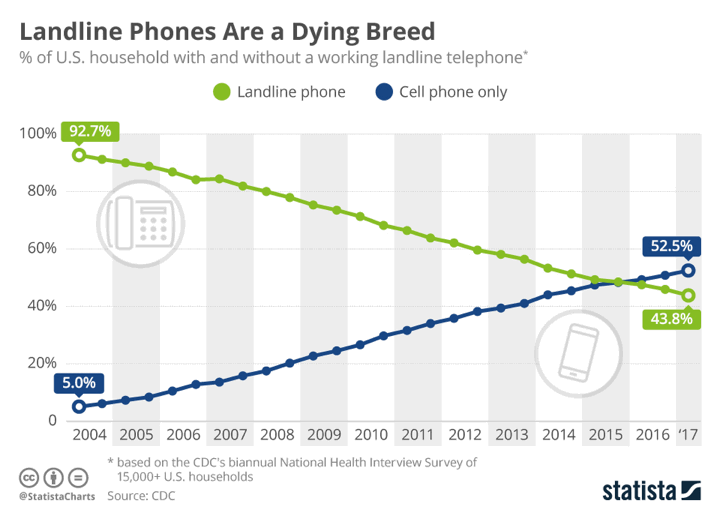
In 2004, more than 90 percent of households in the U.S. had an operational landline phone – now it’s (significantly) less than 50 percent.
We use our cell phones almost exclusively, but we technically have a home phone line (though not a landline). If you still want home phone service, consider purchasing an Obi200 VoIP box and use it with Google Voice to get free home phone service over your internet at the great price of $0 a month and no taxes. Setup takes under 15 minutes and you can use your existing landline phones.
We should be thankful that long distance phone calls no longer cost so much, as I still remember the days of calling cards and when 10 cents a minute was cheap. (I’m getting rather old…) Heck, we are only paying $6 a month for unlimited cell phone service this year.
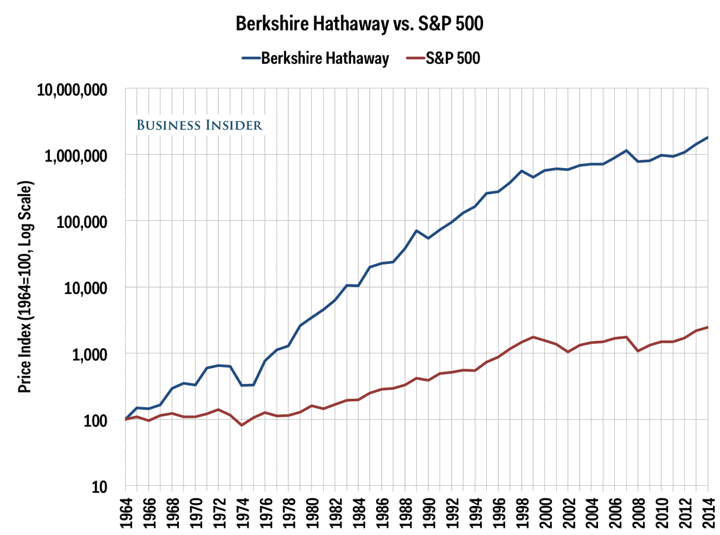
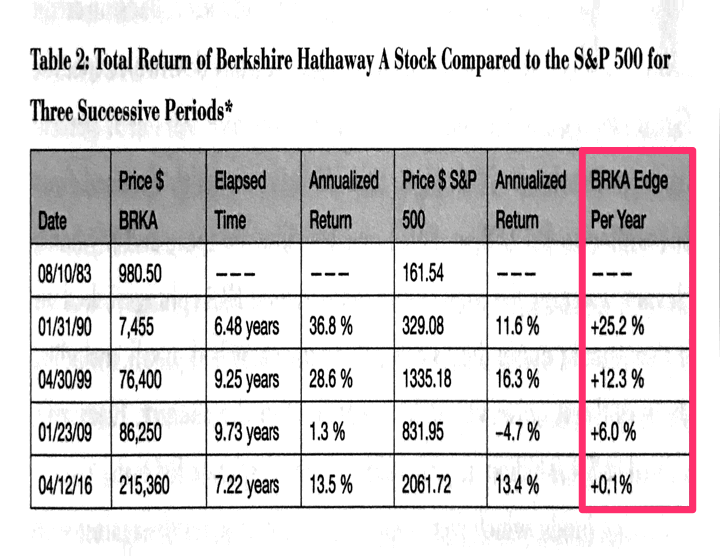

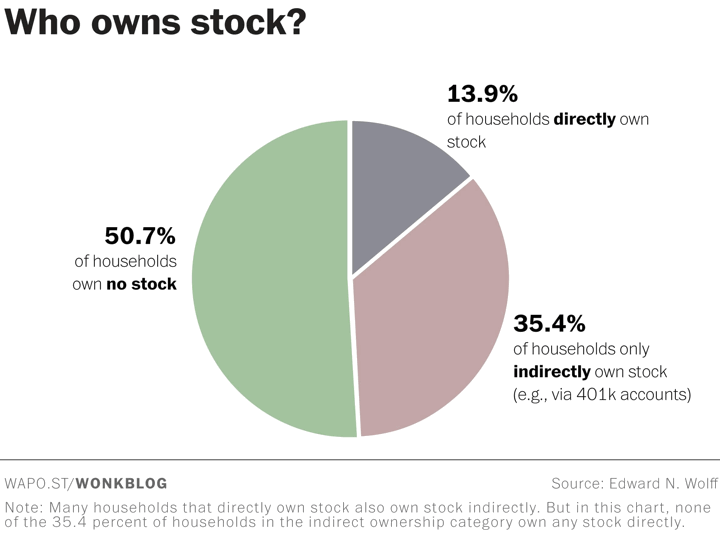
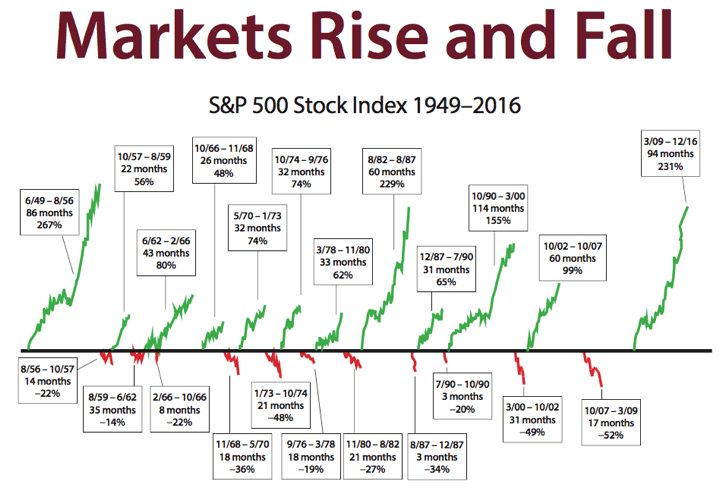
 Instead of just looking at one year of returns, here’s an annual exercise that helps you look at the bigger picture. You may know the 10-year historical return of the S&P 500, but most of us didn’t just invest a big lump sum of money a decade ago, and most of us don’t just invest in the S&P 500.
Instead of just looking at one year of returns, here’s an annual exercise that helps you look at the bigger picture. You may know the 10-year historical return of the S&P 500, but most of us didn’t just invest a big lump sum of money a decade ago, and most of us don’t just invest in the S&P 500.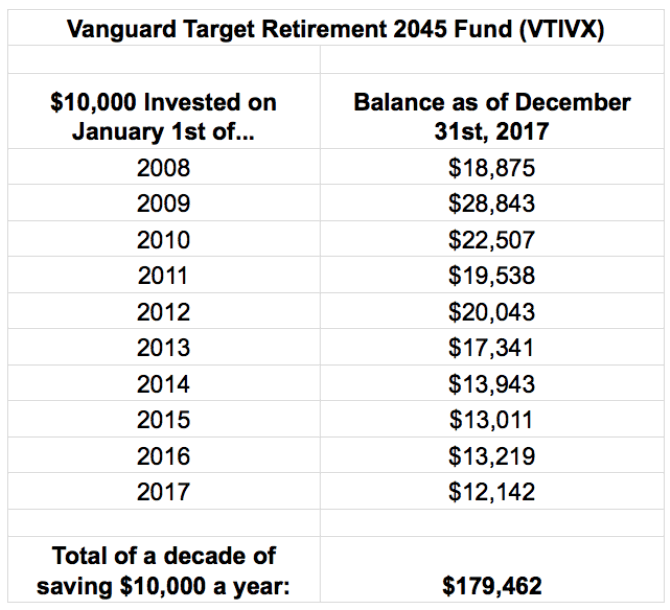
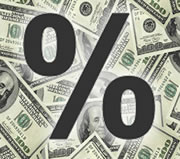
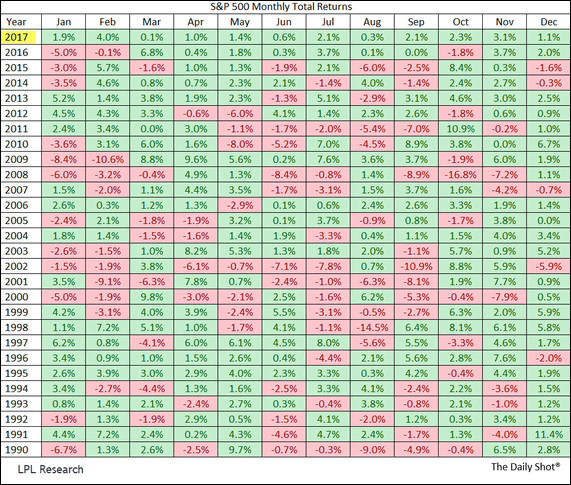
 In case you missed it, Apple disclosed that their operating system slows down the phone in some cases if the battery gets too old. As part of their
In case you missed it, Apple disclosed that their operating system slows down the phone in some cases if the battery gets too old. As part of their 
 It’s that time of year, and since I eventually lost 50 pounds with the help of this and other weight-loss betting sites (and have kept it off since), and I wanted to share my experiences including both positive and negative aspects.
It’s that time of year, and since I eventually lost 50 pounds with the help of this and other weight-loss betting sites (and have kept it off since), and I wanted to share my experiences including both positive and negative aspects.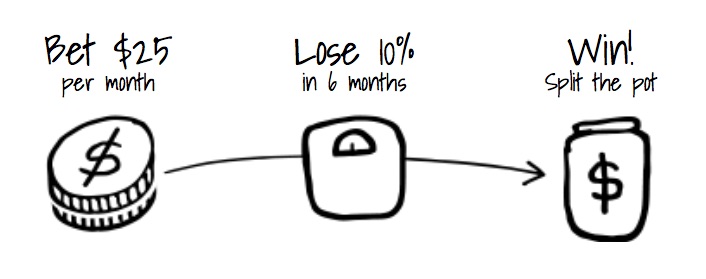
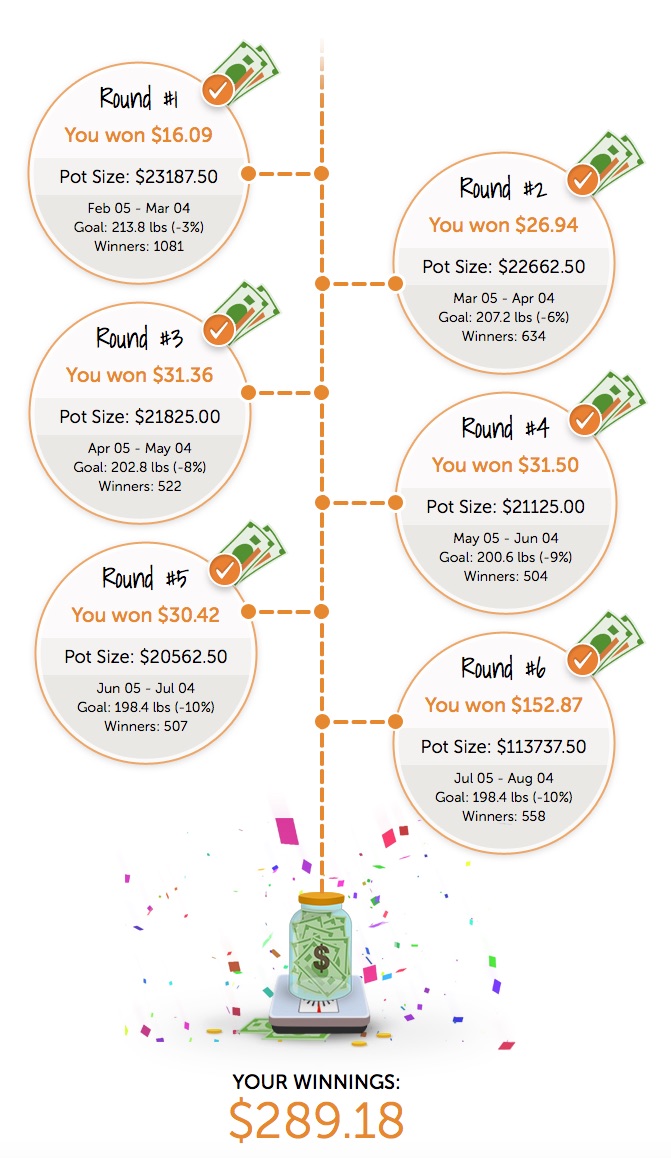
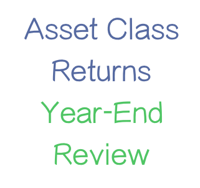
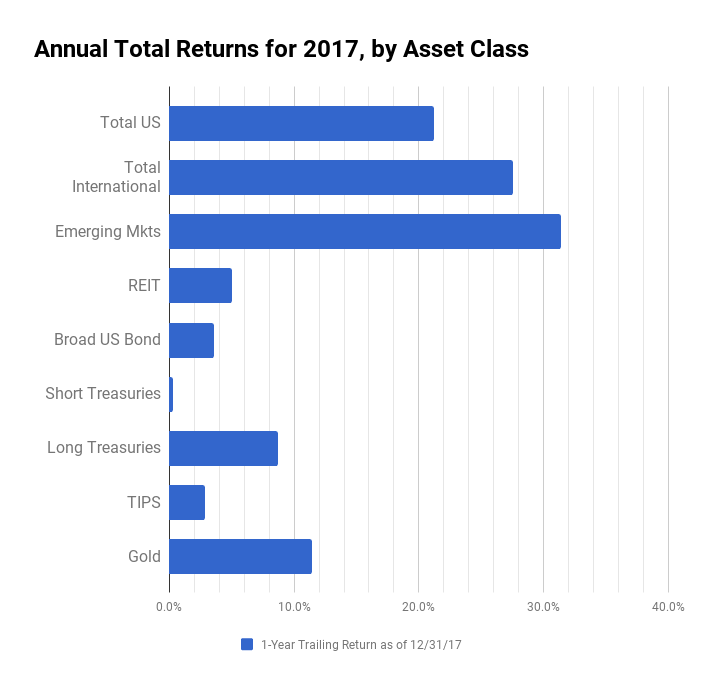
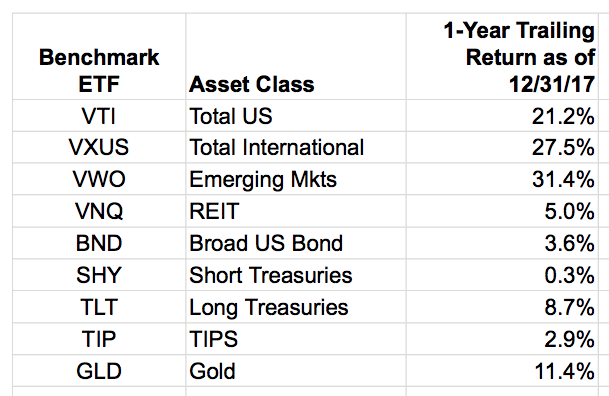
 The Best Credit Card Bonus Offers – March 2024
The Best Credit Card Bonus Offers – March 2024 Big List of Free Stocks from Brokerage Apps
Big List of Free Stocks from Brokerage Apps Best Interest Rates on Cash - March 2024
Best Interest Rates on Cash - March 2024 Free Credit Scores x 3 + Free Credit Monitoring
Free Credit Scores x 3 + Free Credit Monitoring Best No Fee 0% APR Balance Transfer Offers
Best No Fee 0% APR Balance Transfer Offers Little-Known Cellular Data Plans That Can Save Big Money
Little-Known Cellular Data Plans That Can Save Big Money How To Haggle Your Cable or Direct TV Bill
How To Haggle Your Cable or Direct TV Bill Big List of Free Consumer Data Reports (Credit, Rent, Work)
Big List of Free Consumer Data Reports (Credit, Rent, Work)